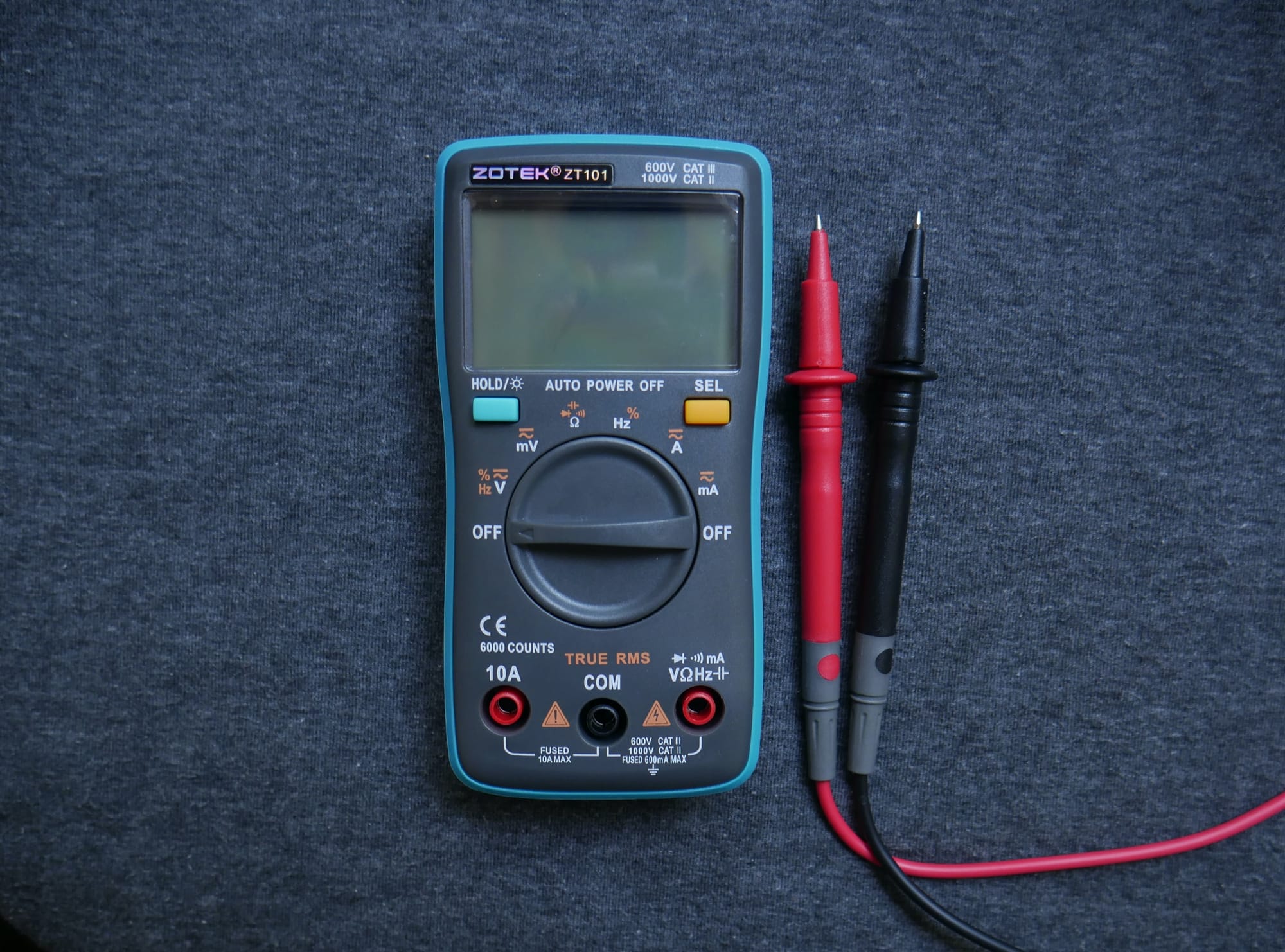My first success and failure in finding Planck's constant

I was challenged by my professor to find Planck's constant with zero cost.
The apparatus is pretty simple. I used a PV cell from a camping torch lantern, copper wires from a broken charger cable, a borrowed milliammeter from an electric appliances shop, a motor from a RC toy, a LED desk lamp and a red filter paper.
I have connected the cell, the motor and the milliammeter in series. Then I've went to the darkest room in my house (the bathroom obviously :p) and have lit the lamp with the filter on.
I hypothesised that the power consumed by the motor should be equal to the power of the light incident on the PV cell. The only unknown in my equation was Planck's constant, so after measurement of the current it was pretty straight-forward to find it.
It was one of the happiest days in my life. I was able to obtain a very accurate result! However, the results varied when the height of the light source changed relative to the photovoltaic cell. Back then, I had just finished my second semester. So, I had known very little of how does a P-N junction work. Then, after a bit of research, I learned that I shouldn't have used a PV cell from the beginning.
In the end, I headed back to the optics lab in my university where I learned how to determine Planck's constant using the photoelectric effect.